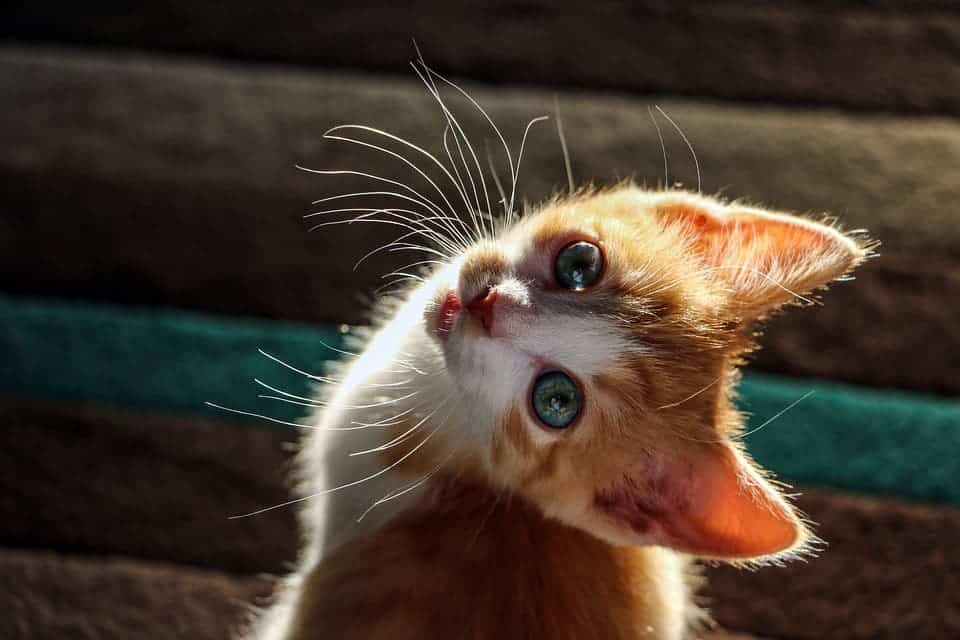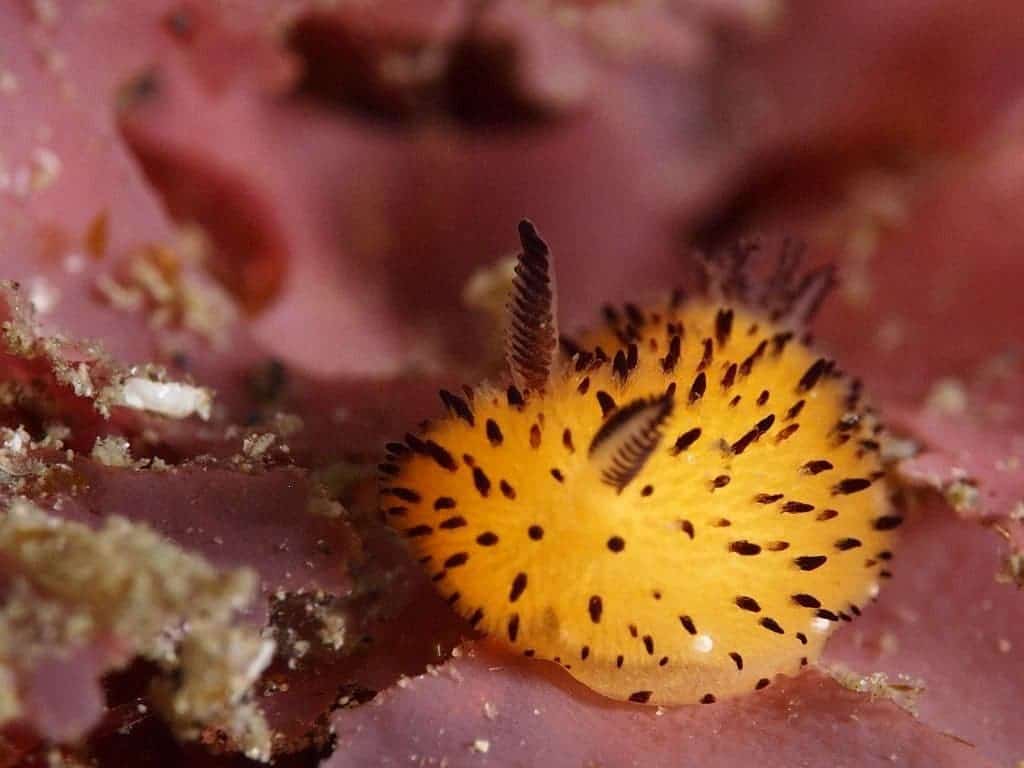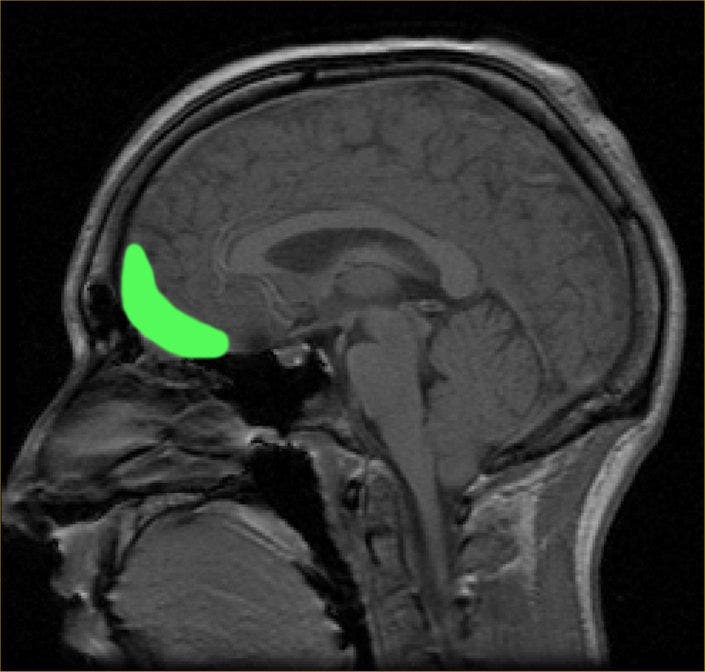Cuteness seems to elicit a strong impact in the brain, both in the short term and in the long term. But what exactly is it that makes us go “d’awww” — and why?

A few days ago, when documenting this article (it’s about puppies, you’ll love it), a few questions started to emerge. Why do we find certain things cute? Why can my brain perceive such a wide array of things and beings as ‘cute’? And why does it give me that warm, mushy feeling inside? Let’s find out and explore the science of cuteness.
The ‘why’ of finding something cute
Being cute (and finding things cute) is not an easy thing to define. Our best guess around the issue so far is that cuteness has a biological and evolutionary basis. That we find some things to be ‘cute’ because that ability gave us an evolutionary advantage. This theory was put forward around 1950 by Austrian zoologist, and one of the founders of ethology, Konrad Lorenz.
Lorenz’s view was that certain traits of an infant’s face trigger a nurturing instinct in adults — we perceive this as a feeling of ‘cuteness’. It nudged parents into being more involved in caring for and providing for their children, making it more likely that they would grow healthily and reach adulthood. So, over time, those who could perceive the cuteness of their babies gained an evolutionary advantage over those who couldn’t. Team Cute was simply better at keeping their babies alive — so, in time, the genes that encoded this instinct and associated behavior gained the upper hand over other variants. In other words, there are no cute things, only things you perceive as being cute, which makes it more likely that you’ll help and feed them, which in turn makes them more likely to survive and pass their genes.
In fact, one recent study reviewing scientific evidence on cuteness found that the concept of cuteness can be linked to simple “instinctual” behaviors and to caregiving, protection, and emotions.
Essentially, this is what our current understanding of cuteness boils down to. Our brains have evolved to take certain elements associated with our younglings as cues for a nurturing instinct. We feel the push of that instinct in our desire to take a baby and pinch its cheeks. It makes us want to keep it warm and well-fed. Finally, it keeps us from throwing the baby/ourselves to the bears after two straight weeks of being woken up in the middle of the night (this is very useful).
It also seems that the evolutionary advantage we talked about earlier did a lot to tilt the playing field. Humanity today seems to have a pretty homogenous view of what constitutes ‘cute’, suggesting that the cute-instinct imposed itself throughout all human populations. Even infants themselves seem to be more drawn to other cute infant faces compared to un-cute ones, a sign that recognition of cute is so important to the human race it got hard-wired into our brains.
Why, then, are so many other things cute?

Does this sea slug look cute to you? Let’s be honest — of course it does. But is that sea slug your kid?
I salute any sea slug who reads ZME Science, but I’ll wager that most of you answered with a resounding ‘no’ to that last one. Which, given what we’ve seen so far, doesn’t really fit in. If babies are cute so parents miss how stressful they can be, why does that slug make me squeal in delight? To put it a different way: why do we find members of other species cute as well?
Well, it all cycles back to those cues our brains use for gauging cuteness. They’re actually pretty general elements, like different body shapes and ratios. This means that your brain will register many things as ‘cute’. One of the best people you can go to to learn about cuteness — and insight on how to abuse it — are designers, cartoonists, and other types of visual artists.
“Childlike characteristics make a baby sweet and bring us to build rapport. We find it dinky. That even works when we see things reminding us of a baby or just parts of it,” wrote Sascha Preuss in an Envato Tuts+ design course focusing on designing cute characters.
“That means these characteristics can be consciously transfused and applied, for example in the field of designing things and of course especially when it comes to character design.”
What we find cute in our species, we also tend to find cute in other species. Some of the things the course points to as conducive to cuteness are:
- A high head-to-body size ratio. For a baby, that’s roughly 1:4, while for adults it’s 1:8. “Cute characters need big and round heads,” it adds, and exaggerated features can help increase this effect.
- The eyes and ears are placed lower in the skull, creating a large forehead. They’re spaced more widely apart than in an adult and are relatively big in proportion to the rest of the face. We tend to find things with eyes showing forward as cuter.
- A soft, small, not-fully-developed nose.
- Smaller mouths are cuter, as we subconsciously register bigger ones as being threatening or dangerous. It should also be closer to the eyes than in an adult face. “Some cute Japanese characters don’t have a mouth at all,” Preuss adds.
- A generally-round and soft body. Limbs shouldn’t be too long, and the legs especially should be “short and plump”. Fingers, likewise, should be short and stout. Wobbling also helps. All of this feeds into a look of relaxed helplessness that just makes us want to pinch a (round) cheek.
There are more factors playing into how cute we perceive something to be, but these are the few central ones, and they’re sufficient to explain why we find other things (like bunnies, puppies, or sea slugs) cute. We’ve evolved to respond to such cues because that’s how our babies look — but that sea slug shares a lot of these characteristics. So why aren’t our brains more disciplined? We don’t really know.
It’s often said that evolution finds the best way to do something; that’s a big misunderstanding. Evolution doesn’t find the best way, it “tries out” multiple different ways of doing things, and what works — sticks. Think of evolution as making ‘economic’ sense, for lack of a better word. This may explain why we have such a wide range of cute, because it’s more economical than having a range that’s not wide enough.
Statistical hypothesis testing considers two types of errors: type I’s, and type II’s. A type I error is seeing something that’s not there. Type II is failing to see something that actually is there.
When your baby is involved, a type II error is, potentially, far more costly than a type I. It’s really, really bad for you and your genes if you fail to notice that your baby is cute and aren’t incentivized to care for it. Comparatively, finding a puppy cute isn’t very costly — at worst, you’ll have to contend with its mom, but you already passed on your genes, so it’s fine even if you get mauled.
In other words, people who would register many things as cute had a better chance of passing on their genes than people who would register too few, or none. So, finding things cute — even finding too many things cute — became a selective advantage.
What does it do to me?

Image credits Paul Wicks.
Cuteness is no small thing. As mentioned, cuteness seems to elicit a very powerful effect on the brain. We’ve talked about the physical cues that construct it, however, cuteness is not limited to visual stimuli. One study found that the other senses, such as “positive sounds and smells”, also help reinforce feelings of cuteness. Furthermore, something cute draws our attention like a magnet, ignites a flurry of activity in our brain, and alters our behavior — making us more compassionate.
A strong effect, right? Well, it makes sense — our infants, unlike those of other species, are completely dependent on adults. One of the jobs cuteness performs, then, is to make sure that the baby is put on the top of our brain’s priority list 24/7. This strong reaction is there by design, to make infants difficult to ignore.
Cuteness activates brain networks involved in processing emotion and pleasure and makes us more empathetic. That’s why looking at cute pictures of cats online makes us feel so good. It’s almost ridiculously effective at altering behavior: research has shown that people prefer to look at cute baby faces over attractive adult faces; we’re more likely to adopt or gift toys to cute babies; we’re willing to expend effort just to look at cute babies. All of this, regardless of gender, even if we’re not parents ourselves.
It also triggers more long-lasting effects in the brain. The first thing our pound of gray matter does upon seeing something cute is to activate the orbitofrontal cortex — involved in emotion and pleasure processing. This activation, however, also prompts secondary processes throughout other brain networks. This pattern of activity has been associated with caregiving, bonding, and nurturing behavior.
Seeing something cute, in other words, starts priming your brain for parenthood. Which, at least for life as we know it, is the basis of how evolution does work.


